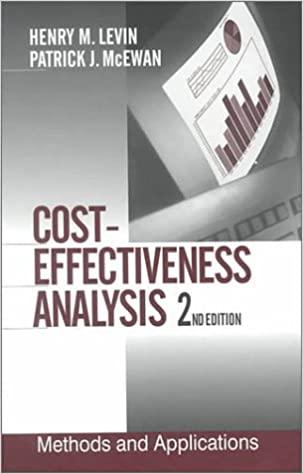Question
For many years, Leno Corporation has used a straightforward cost-plus pricing system, marking its goods up approximately 25 percent of total cost. The company has
For many years, Leno Corporation has used a straightforward cost-plus pricing system, marking its goods up approximately 25 percent of total cost. The company has been profitable; however, it has recently lost considerable business to foreign competitors that have become very aggressive in the marketplace. These firms appear to be using target costing.
An example of Lenos problem is typified by item no. 8976, which has the following unit-cost characteristics:
| Direct material | $ | 80 | |
| Direct labor | 180 | ||
| Manufacturing overhead | 110 | ||
| Selling and administrative expenses | 50 | ||
The going market price for an identical product of comparable quality is $455, which is significantly below what Leno is charging.
1. Which of the two approaches could be aptly labeled price-led costing? Targeting costing or Cost plus- pricing
2. What is Lenos current selling price of item no. 8976?
3. If Leno used target costing for item no. 8976, what must happen to costs if the company desires to meet the market price and maintain its current rate of profit on sales? By how much?
4. Suppose that by previous cost-cutting drives, costs had already been pared to the bone on item no. 8976. What might Leno be forced to do with its markup on cost to remain competitive? By how much? (Do not round intermediate calculations. Round your percentage answer to 2 decimal places (i.e., .1234 should be entered as 12.34).)
Step by Step Solution
There are 3 Steps involved in it
Step: 1

Get Instant Access to Expert-Tailored Solutions
See step-by-step solutions with expert insights and AI powered tools for academic success
Step: 2

Step: 3

Ace Your Homework with AI
Get the answers you need in no time with our AI-driven, step-by-step assistance
Get Started


